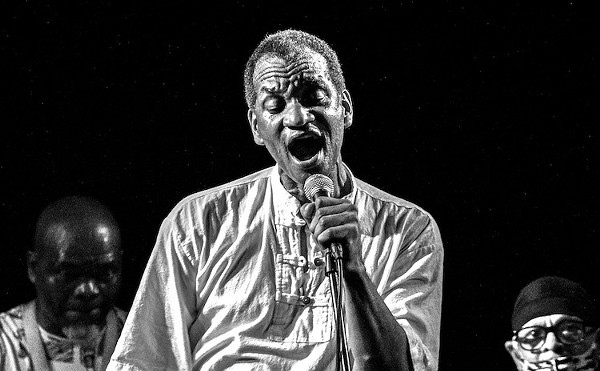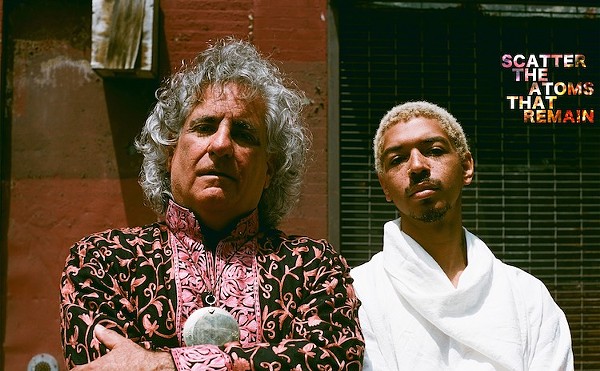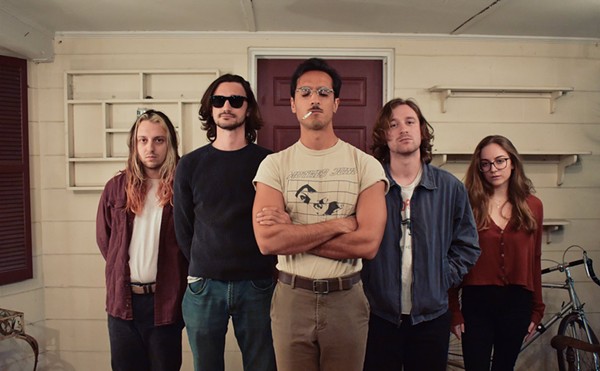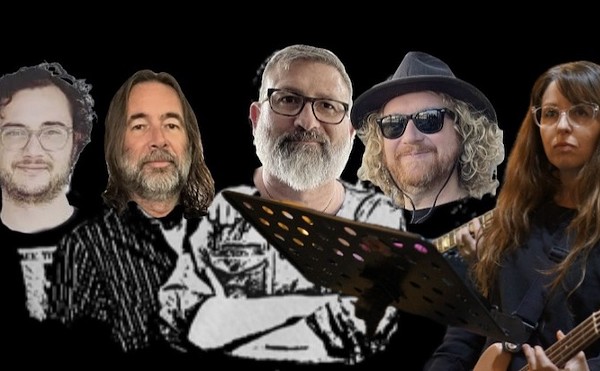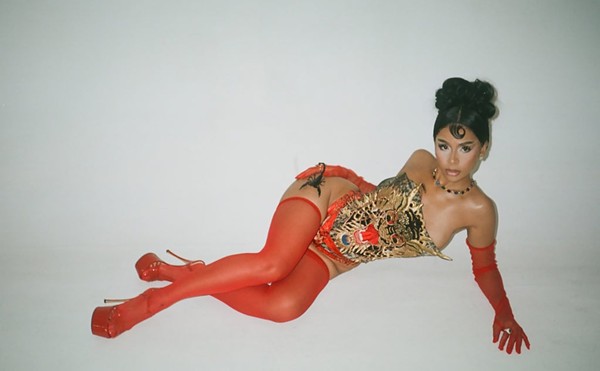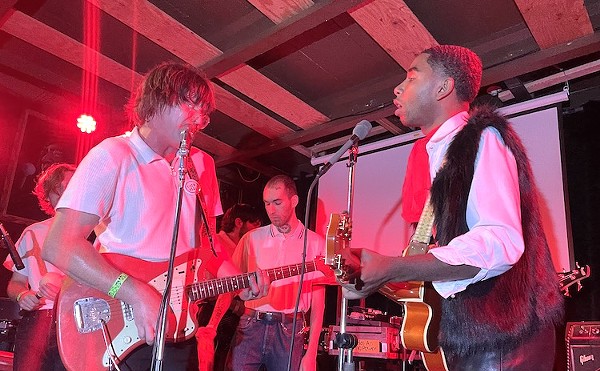Once upon a time, in a kingdom far away, lived the great empire that called itself Hip-Hop. Oh, but dear reader, what a magical once-upon-a-time this once-upon-a-time was in the province of New York; iron-willed Queens birthed Kings of Rock, philosopher-princes and street disciples. The serfs were well tended to by a President who paid them in full, and nearby Staten Island was the storied home of the land's very own knights. But alas, such utopias can never last, and as the great battle between New York and the bloodthirsty young ones from beyond the horizon raged on, an inevitable void opened up among the factions and threatened to swallow the castle whole. Faster than swords could even be drawn, the most unlikely heirs announced themselves to the masses. Loud, brash and brandishing barrels of bass, the court jesters of the Southern swamps began their march.
Longtime music journalist Roni Sarig's Third Coast details — in somewhat broad strokes and refreshingly free of the hip-hop mythologizing that has become its own literary genre — the Dirty South's unlikely campaign from those Southern swamps. The battle may not be over, but Southern hip-hop has permanently transitioned from roller-rink party music to one of, if not the major player in a mainstream genre that seemed by the late '90s to be hoist by its own hard-living and harder-spending petard.
If not exactly a storybook tale, hip-hop had reached a level of self-reverence for its own past that effectively sucked the very life out of the music that first caused such a musical revolution. Lucky for us, Miami held no such regard, and as Sarig tells it, 2 Live Crew seized on the 808 drum machine phenomenon that had been brewing there and upped the ante considerably. Throw Orlando DJ Magic Mike's sonic sophistication in the mix, and you have the beginnings of a slight cultural shift that might very well be the last major shift in hip-hop to date. For this reason, it may be natural that only this month, Atlanta rapper Ludacris responded to New York rapper Nas' latest album (which admonishes today's — read: Southern — stars for not respecting their elders) by publicly wearing a shirt that read: "Hip Hop Ain't Dead. It Lives in the South."
"I think at one point, there was a feeling that Southern hip-hop was too provincial and it wasn't cool, and it's shifted now to more like sour grapes," says Sarig. "A lot of what you hear in the North is that Southern hip-hop is not hip-hop enough, and the lyrics aren't good enough. If you're talking about hip-hop orthodoxy that's probably true, but that's frankly I think why New York hip-hop has been so weak for so long. `Southern hip-hop` is fun! It's for dancing. It's for having a party. And that's really what New York hip-hop was about if you go back to the '80s. Why all of a sudden are we not allowed to express any joy in the music, and just nod your head?"
Third Coast takes its cues directly from the music that informs it, which is to say when the beat is hot, so is the narrative, and vice versa. In particular, Sarig's own enthusiasm comes through most when a story is leading to a bigger one, especially when we know it ourselves. Every mention of Luther Campbell's salacious beginnings is electric with the coming battles it presages, and when Janet Reno enters the story, Third Coast is a downright page-turner.
When the author finally makes his way northward up I-95 to his own stomping grounds of Atlanta — the turning point in the tale, which also comprises the bulk of the book — every twist has a life of its own and even the smallest personalities seem nearly mythic. Take the strange case of Jack Gibson, aka Jack the Rapper, a light-skinned Yankee who became the figurehead for Atlanta's first black radio station, upstairs in the Prince Hall Masonic Temple. Downstairs from Jack the Rapper's broadcast was Martin Luther King Jr., who was using the space to coordinate his efforts to change the world. How Gibson would go on to help create the community of Atlanta hip-hop is utterly thrilling.
Likewise the dizzying rise of "the Beatles of Hip Hop," Outkast — so inseparable that in the beginning, Andre 3000's own mother questioned their sexuality — who provide the climax of our story by winning the Best Album Grammy in 2004. Admits Sarig, "In every city, I really found someone that was almost like my guide to discovering what this whole history was about. But in Atlanta, I was that guy. You could say it's almost like a bias, and I wrestled with that issue."
Biased or otherwise, Sarig weaves a fascinating yarn with his familiar territory, and while he thankfully does not overstay in cities not as rich in lore — observe the stunted scene in Memphis — the outing is surprisingly reserved when it comes to juicy gossip. Interviews with key players are sometimes sparse or derived from outside quotes, and in this sense Sarig falls short of the dirty-laundry delights of fellow entertainment historians Peter Biskind and Bob Spitz. A tell-all alone does not a solid historical documentary make, but some backstabbing and scandal is a lot more crunk, to be sure.
What Roni Sarig has done is provided the first true chronicle of what can only be seen in hindsight as a complete takeover, a storming of the castle. As Sarig writes, "I don't claim that hip-hop was born in the South … that stuff all certainly came together in the Bronx to create something revolutionary. What distinguishes hip-hop music from R&B or any other genre is the presence of rapping. And rap, as far as I can see, came from the South."
[email protected]



